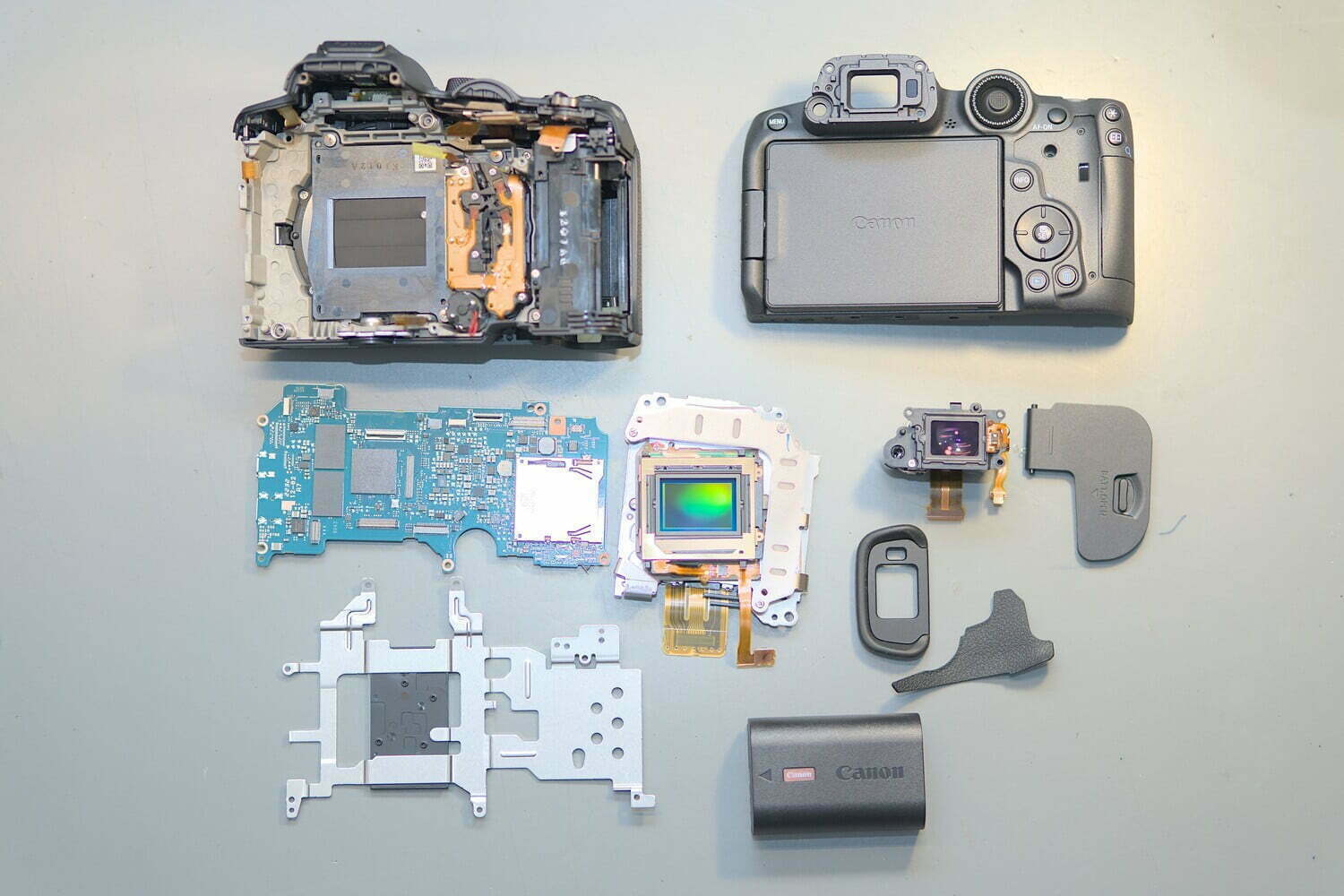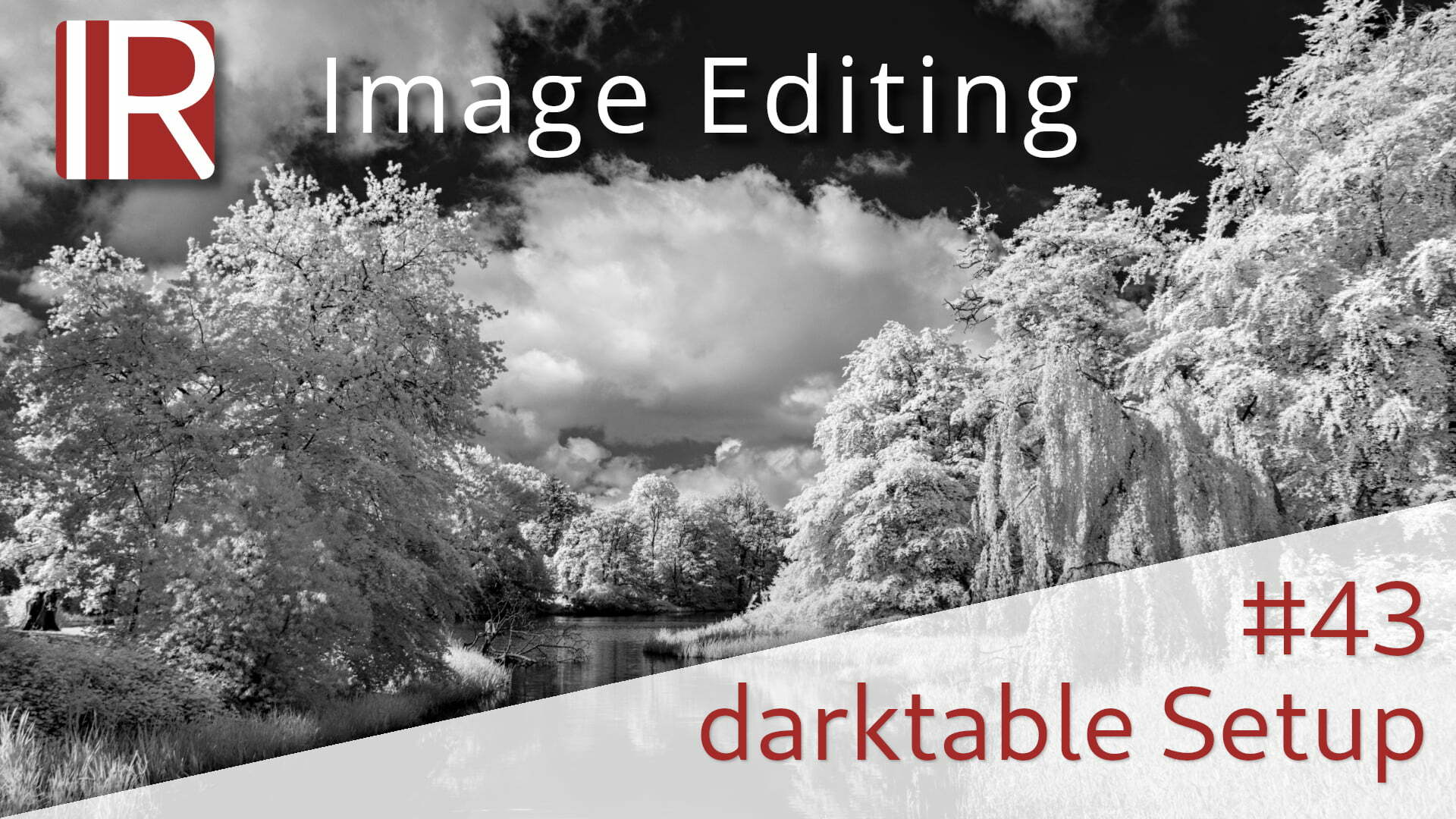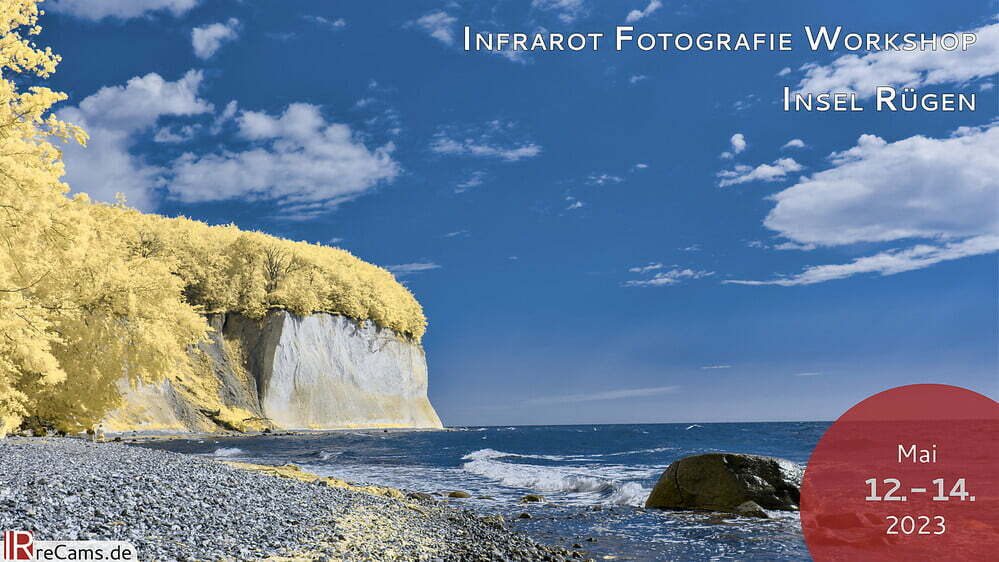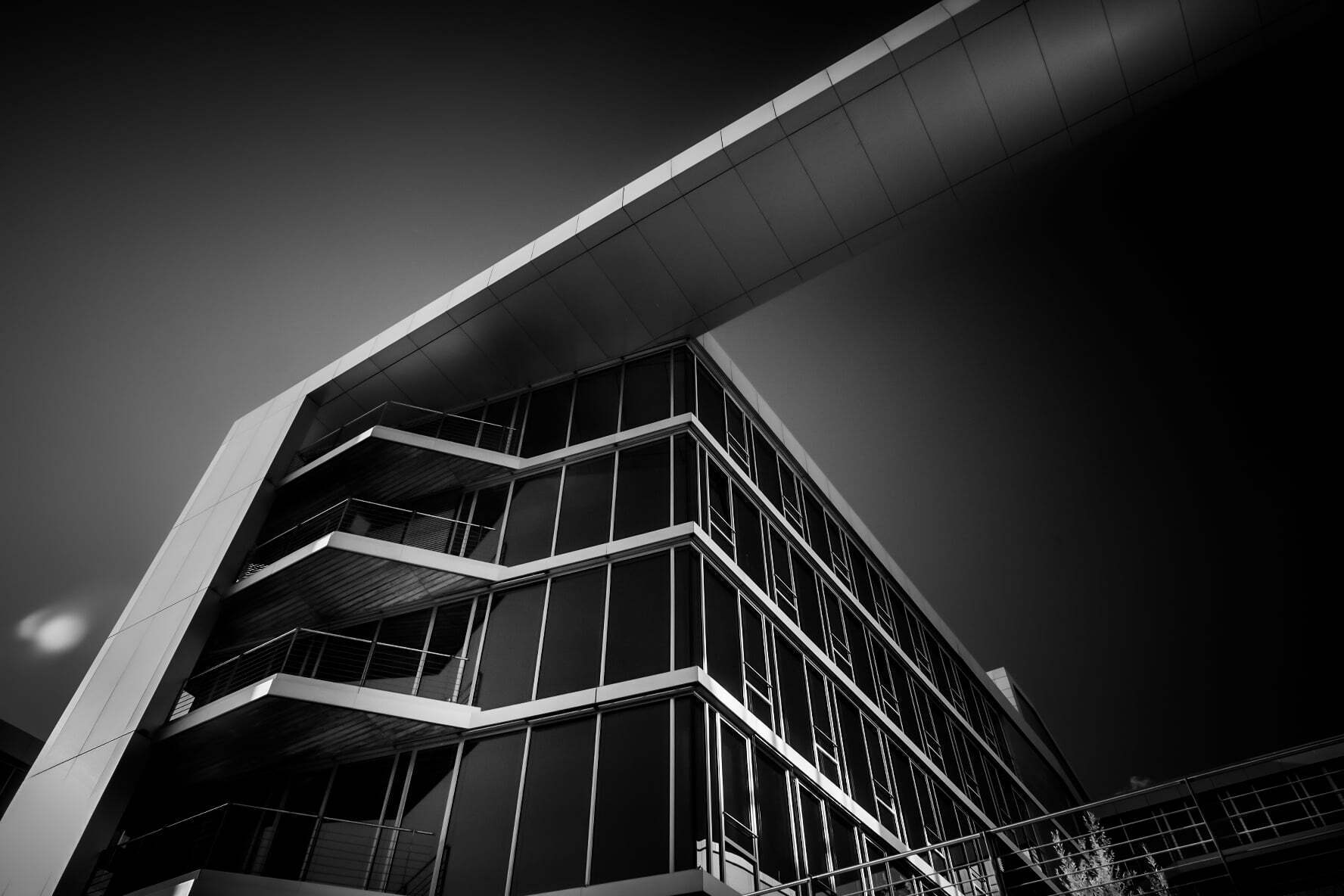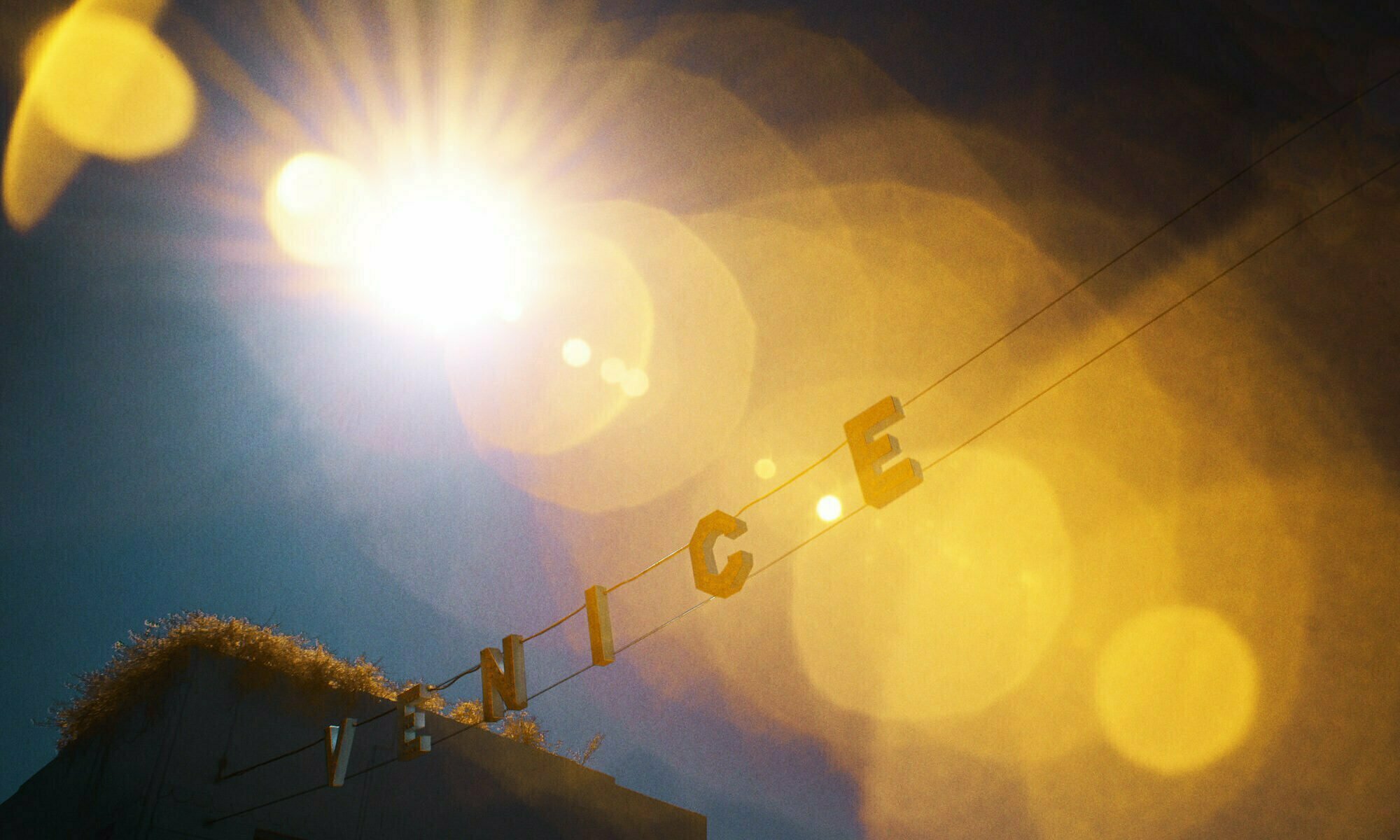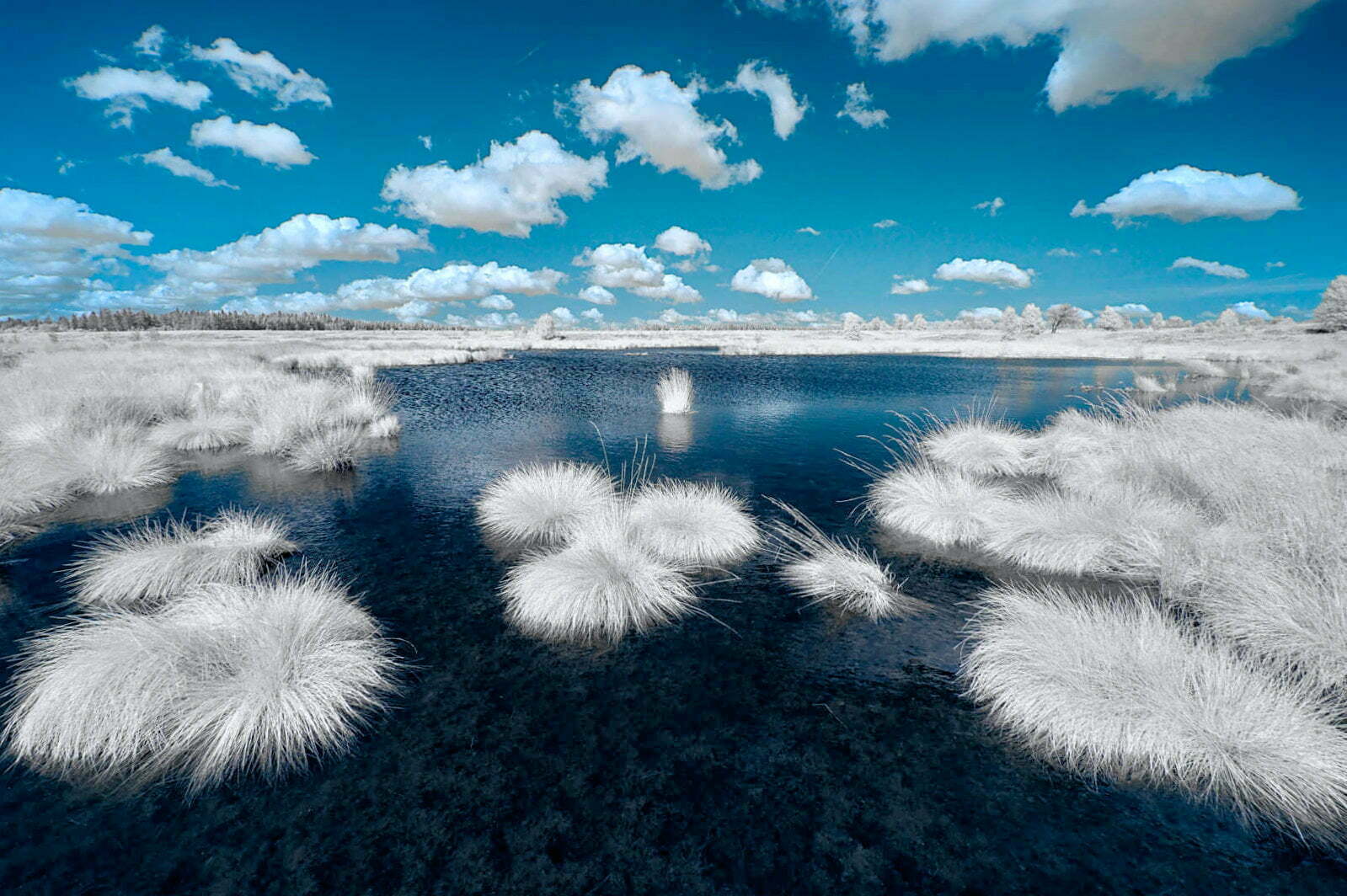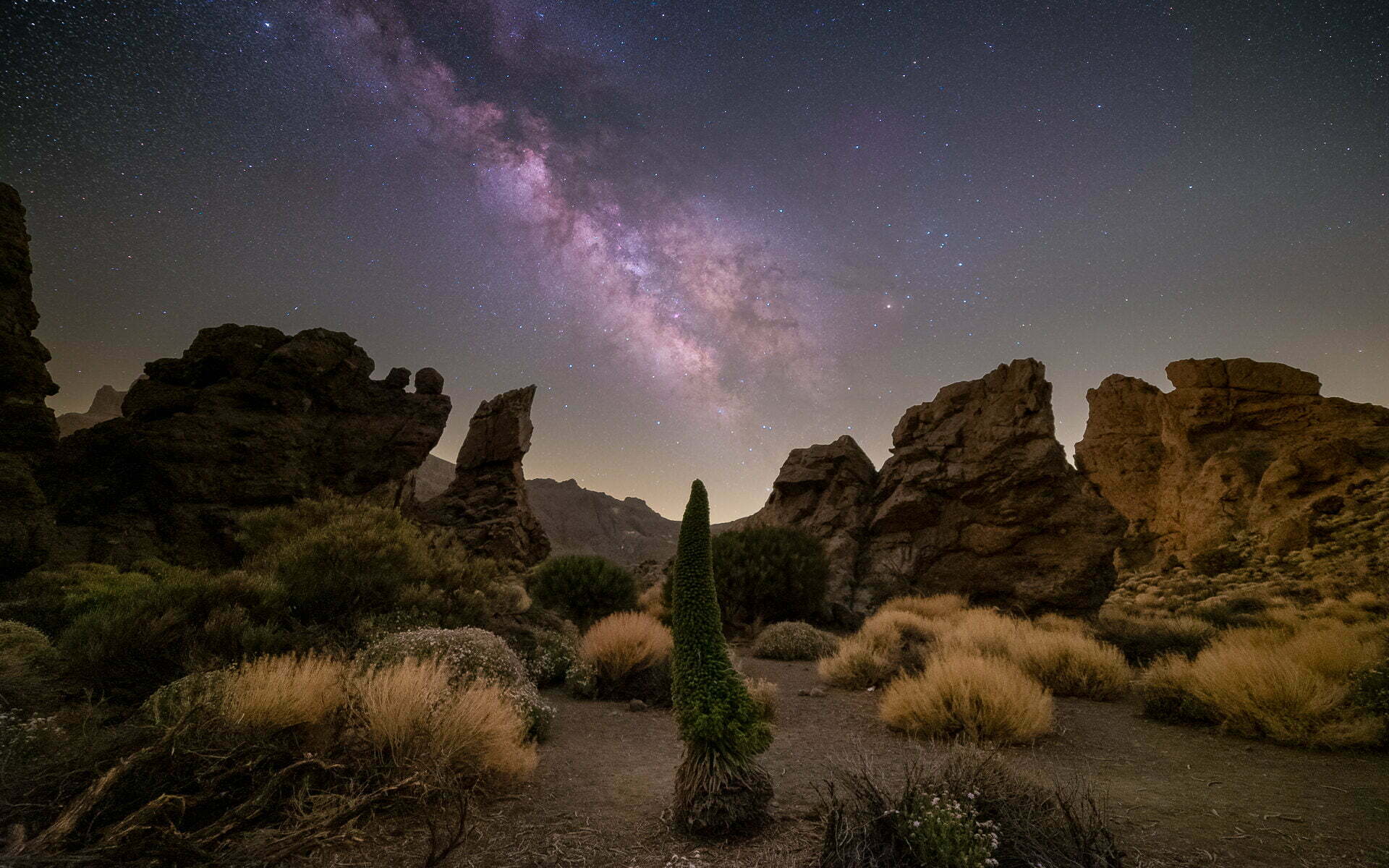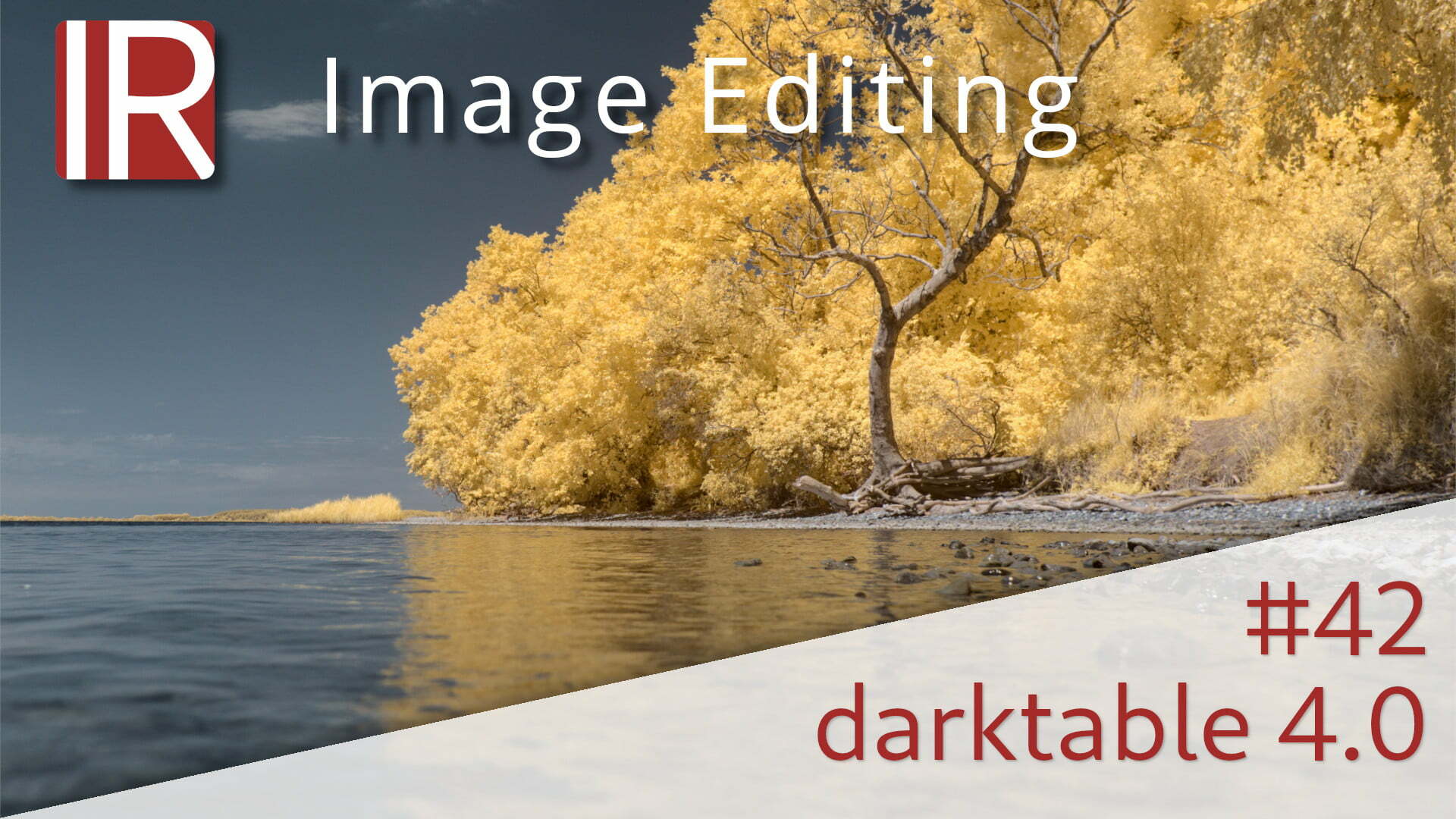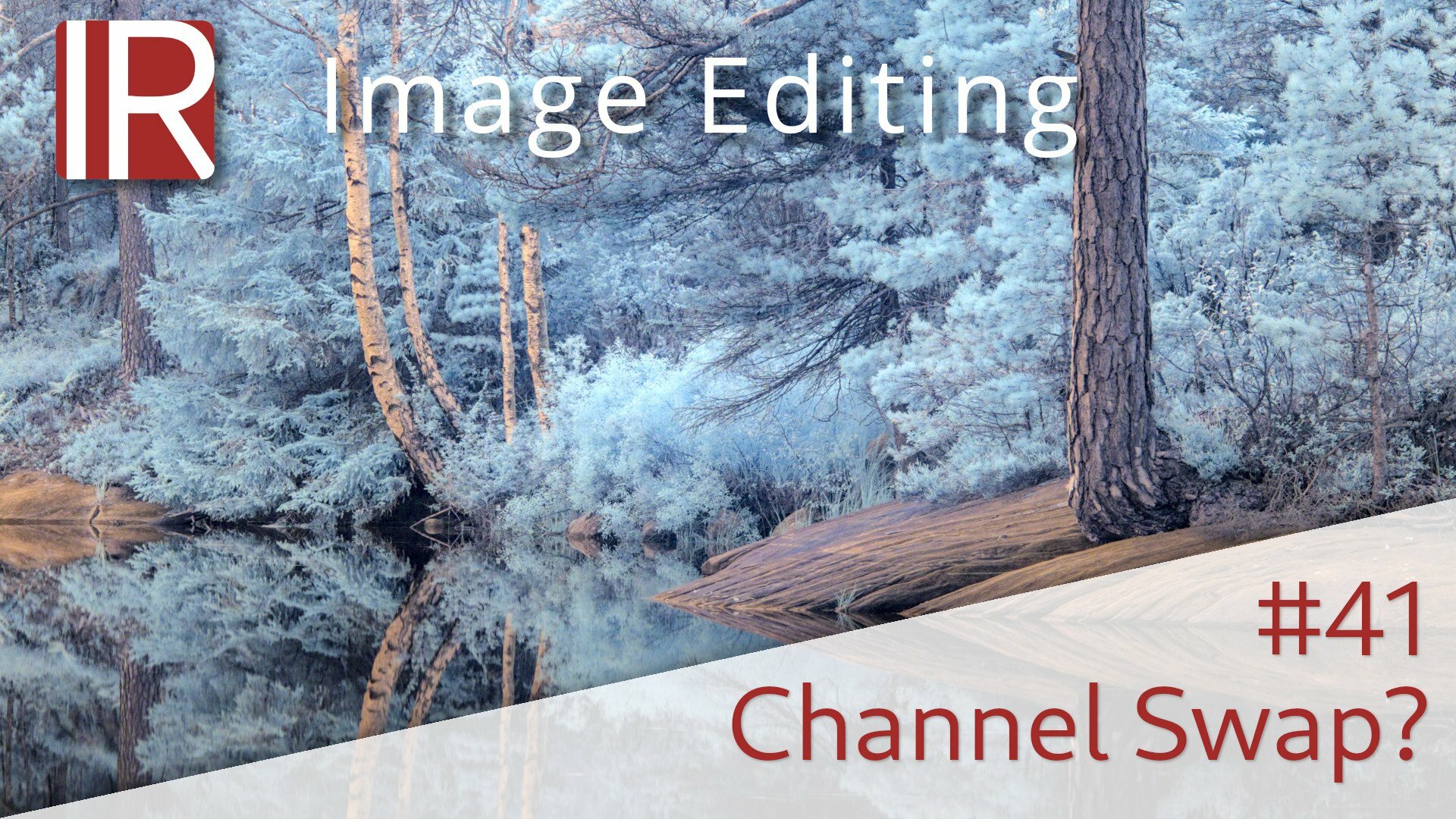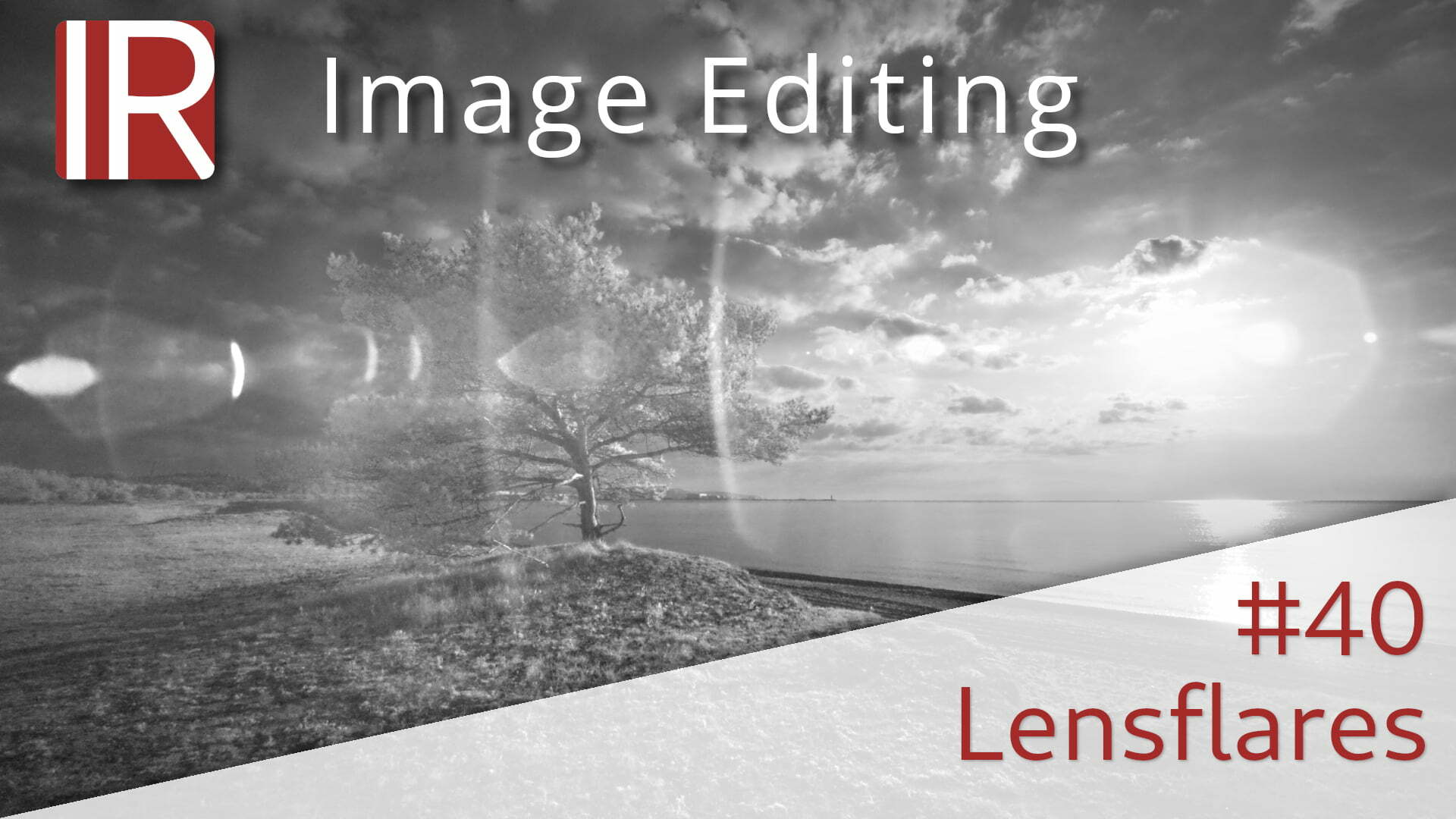In May 2022, Canon introduced the EOS R7, the first APS-C camera in the relatively young R system. The camera sensor has a resolution of 32.5 megapixels and is moving - the manufacturer promises 7-stage image stabilisation. On the data sheet, it is a very powerful, small camera with many functions and great ergonomics. But what does it look like under the hood and, above all, how suitable is it for infrared photography?
Continue reading „Insider: Canon EOS R7 auseinander gebaut und zerlegt“Ep. 43: darktable 4.2 for beginners - setup for Infrared Editing
The new darktable version 4.2 was released in December, for the IR workflow there are no new features or changes. Instead of going into new features, I explain for beginners how to use the program in principle and how to set it up quickly for IR processing.
Continue reading „Ep. 43: darktable 4.2 für Einsteiger – Einrichten für Infrarot Bearbeitung“Infrared Workshops 2023
The workshop dates for 2023 are fixed! From May 12 to 14, an Infrared Workshop will again take place on the island of Rügen. From 02 to 04 June 2023, the workshop will be held in southern Germany (North Swabia).
Continue reading „Infrarot Workshops 2023“Architecture in Infrared
Author: Werner Eisenreich
I have been taking pictures since I was 6 years old, practically as long as I can remember. Infrared photography entered my life in analog form in 1990, and also digitally 2 years ago with a converted Fujifilm X-M1 with 700nm infrared filter.
Continue reading „Architektur in Infrarot“CALIFORN-IR – a dystopic road trip through california
Author: Simon Puschmann
California: The Dream Factory, land of Counterculture & Innovation.
There is no other landscape in the USA that has shaped several generations of mass culture just like California has. In his new series CALIFORN-IR, Simon Puschmann devotes himself to infrared photography and offers the viewer an exciting and at the same time disruptive perspective into contemporary California.
Continue reading „CALIFORN-IR – ein dystopischer Roadtrip durch Kalifornien“First experiences with the 630 nm IR camera
Author: Herbert Hecker
Ever since I saw some digital Colorkey IR shots (blue sky combined with white foliage and white lawn) a few years ago, I've been excited by the thought of trying it myself. And I haven't regretted it for a minute. I'm thrilled with the quality of the conversion including the 630 filter and the image possibilities that come with it. What I also appreciate about the camera conversion is that you can shoot handheld at ISO 100 without any problems.
Continue reading „Erste Erfahrungen mit der 630 nm IR Kamera“Milky Way in Teide National Park
A post by David Behne
I recently had my Sony A7s modified with an astro filter at IRreCams. The first chance to test the converted camera came in summer on Tenerife. In the middle of the island lies the volcanic national park Teide. Although the island is not very big and some cities are located around the national park, the quality of the night sky there is incredibly good. Possibly this is due to the altitude of 2000 meters, where you can already escape the light pollution of the coastal cities a bit. The park is full of lava, rocks, cacti and plants. So it is not difficult to find an interesting foreground for landscape photography with night sky. One has almost too much choice.
Continue reading „Milchstraße im Teide Nationalpark“Ep. 42: darktable 4.0 Review for Infrared Image Processing
The new darktable version 4.0 was released about 4 weeks ago. Of course I give an overview about the new features and changes - especially for IR photography. One thing right away: most of the changes are under the hood and for IR processing almost nothing has changed.
Continue reading „Ep. 42: darktable 4.0 Review für Infrarot Bildbearbeitung“Ep. 41: Color-IR without channel Swap? - 630 nm
To get an appealing color infrared with yellow foliage and blue sky a channel swap is usually necessary. With the exception of the InfraBlue filter, obviously this is true, but there may be subjects that simply look better without a channel swap. But when is that the case, and how do you know what works better?
Continue reading „Ep. 41: Farb-IR ohne Kanaltausch? – 630 nm“Ep. 40: Infrared Lensflares in Backlight - InfraBlue
In Infrared Photography there are a few problems and image errors that are not known in "normal" photography. Lens flares in backlight situations are an example, which is why it is rather common not to have the sun directly in the picture. Nevertheless, it can sometimes be worthwhile to do it anyway and to include the resulting "image errors" directly in the composition of the image. The low sun was intentionally placed here as a counterweight to the tree on the right side of the image. The lens flares extend over the entire image and give the sun a much greater meaning in the image. Without the lens flares, it would probably be "only" the brightest point in the picture, but this way it influences the entire scenery even into the shadow areas.
By the way, the photo was taken on the island of Rügen, an infrared workshop will take place there in early July 2022 and there are still places available:
Continue reading „Ep. 40: Infrarot Lensflares im Gegenlicht – InfraBlue“

